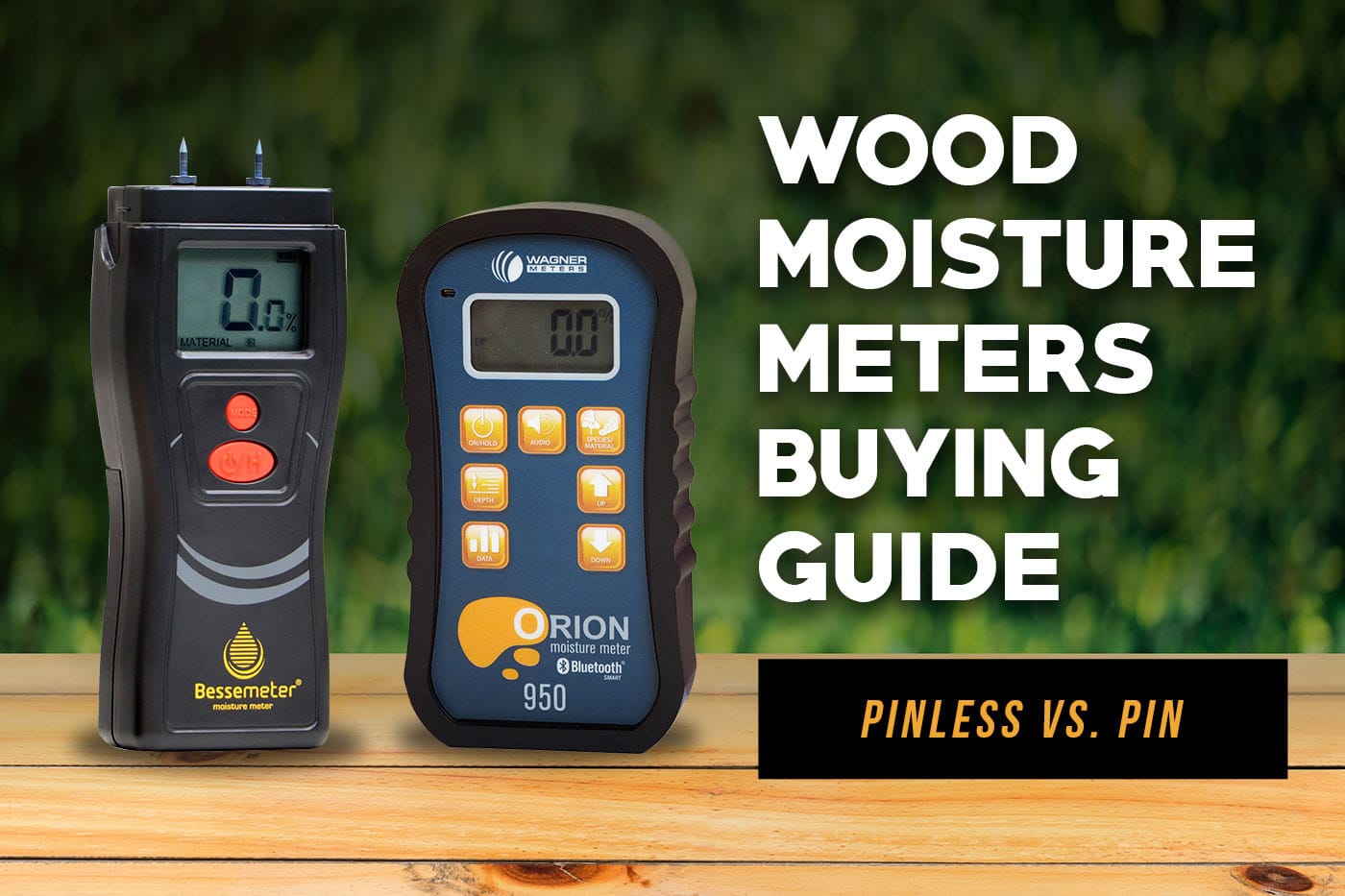The Ultimate Overview to Selecting the Right Moisture Meter for Your Requirements
The Ultimate Overview to Selecting the Right Moisture Meter for Your Requirements
Blog Article
Delve Into the World of Moisture Meters: Whatever You Required to Know
In the world of wetness meters lies a globe of accuracy and usefulness that typically goes undetected. Recognizing just how moisture meters run, the different types offered, and their varied uses can drop light on their value in guaranteeing top quality and performance.
Just How Moisture Meters Work
Moisture meters operate by measuring the electrical conductivity or capacitance of products to establish the dampness material existing. These meters are indispensable devices across different industries, including building, woodworking, and agriculture. By using various approaches such as pin-type or pinless modern technology, wetness meters offer exact readings that aid experts make educated decisions.
Pin-type moisture meters function by inserting the sharp pins right into the material being tested. On the other hand, pinless moisture meters utilize electro-magnetic signals to scan a bigger area without creating any damage to the product's surface.
Despite the approach used, moisture meters play a critical function in protecting against problems such as mold development, structural damage, or product flaws brought on by excess moisture. Understanding just how these meters job is essential for guaranteeing the quality and integrity of products in various applications.
Sorts Of Moisture Meters
Provided the essential role wetness meters play in different industries, it is necessary to comprehend the different types readily available to experts for accurately assessing moisture levels - Moisture Meter. There are mostly two major sorts of wetness meters: pinless and pin-type moisture meters

On the various other hand, pinless moisture meters make use of electromagnetic sensing unit plates to check a larger location of the product without creating any type of damages. This type is ideal for swiftly scanning large areas and is commonly made use of for flooring, walls, and ceilings. Pinless meters are practical for taking readings on finished surfaces without leaving any type of noticeable marks.
Both kinds of dampness meters have their benefits and are chosen based upon the certain demands of the job handy. Understanding the differences between these kinds is essential for specialists to make precise dampness assessments.
Applications Throughout Industries
Construction professionals count on dampness meters to assess the wetness levels in structure materials like timber, concrete, and drywall, which is vital for maintaining architectural integrity and protecting against concerns like rot or mold. The floor covering industry makes use of dampness meters to determine the wetness web content in subfloors before setting up various floor treatments, preventing expensive problems due to excess wetness. In the food industry, wetness meters are utilized to monitor and regulate moisture Bonuses levels in products such as grains, nuts, and dried fruits to preserve freshness and quality.
Tips for Utilizing Moisture Meters
When gauging the wetness content in different products,Utilize the wetness meter's calibration settings to make certain accurate analyses. Calibration is important for the appropriate functioning of a dampness meter. Before each usage, it is suggested to inspect and change the calibration setups according to the particular product being checked. Additionally, see to it the meter is readied to the right dampness variety for the material you are gauging to get the most exact outcomes.
When utilizing a pin-type moisture meter, place the pins to the ideal deepness advised for the product being examined. This makes sure that the moisture readings are drawn from the right deepness within the material, supplying a much more exact depiction of its dampness material. For pinless dampness meters, remember to maintain proper call with the product's surface to get trusted readings.
Consistently inspect and replace the batteries in your moisture meter to avoid imprecise readings because of low power. When not in usage to prolong its life-span and maintain its precision, Store the meter in a completely dry and secure place. By following these suggestions, you can maximize the performance of your wetness meter and get precise dampness material measurements across various products.
Maintenance and Calibration
To make sure the Go Here precision of wetness content dimensions, routine maintenance and calibration of the wetness meter are necessary steps in its correct functioning. Calibration adjusts the moisture meter to guarantee that it supplies trusted and consistent results.
Calibration must be carried out occasionally, specifically if the moisture meter is used frequently or in vital applications where specific measurements are called for. By calibrating the wetness and preserving meter on a regular basis, users can rely on the precision of the dampness web content dimensions gotten.
Verdict

In final thought, moisture meters play a critical duty in various sectors by accurately determining the dampness web content of materials. Recognizing just how these devices function, the various kinds readily available, and appropriate maintenance and calibration are necessary for getting reputable outcomes. Whether in farming, production, or building and construction, making use of wetness meters assists ensure top quality control and efficiency in processes.

In conclusion, dampness meters play an essential role in different markets by precisely determining the moisture content of products.
Report this page